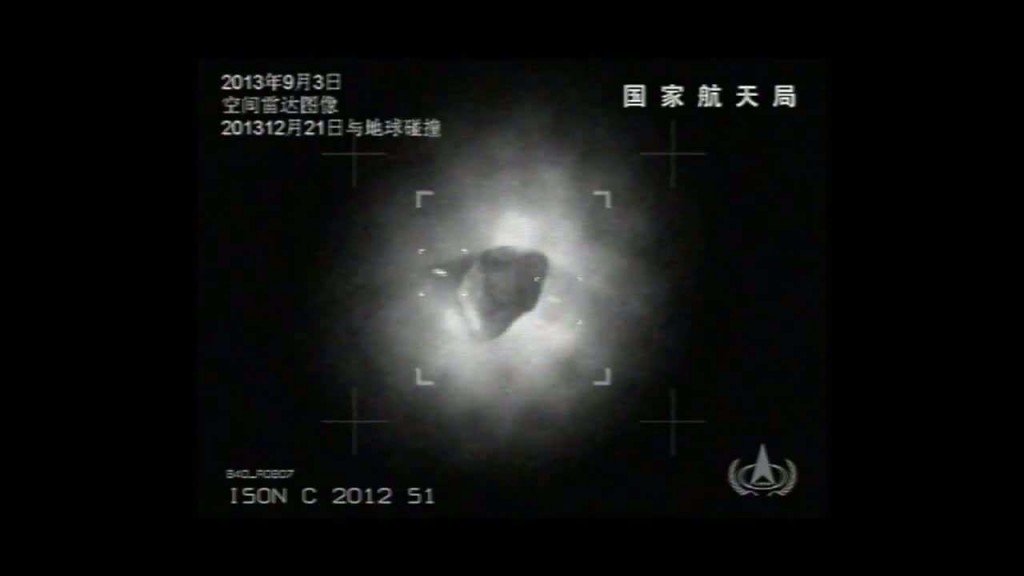Astronomers are waiting to see if Comet ISON survives its encounter with the Sun.
Comet ISON will reach its closest approach to the Sun at approximately 18:35 GMT on Thursday.
It has been billed as a potential “comet of the century”, but the Sun’s heat and gravitational tug could destroy it before it has a chance to light up the skies.
Comet ISON came from the Oort Cloud, a mysterious, icy region at the furthest reaches of our Solar System.
It has been hurtling towards the Earth, travelling at more than a million kilometres an hour.

Now it is entering the most perilous stage of its epic journey.
ISON will pass the Sun at a distance of just 1.2 million km, effectively grazing its surface.
The Sun’s intense gravitational field produces tidal forces that will also have a major effect on the comet.
Scientists fear it could follow the path of Comet Lovejoy, which broke apart after it passed near the Sun in 2011. Or it could run out of fuel and fizzle out. It is hoped Ison’s large size could protect it.
Astronomers estimate that its nucleus could be several kilometres in diameter, helping it to withstand the solar assault.
If it does remain largely intact, the heat from the Sun will excite the dust and gas in its core, allowing it to blaze a trail across the night skies. But whether it really will be a “comet of the century” is unclear.
There has been some debate already about whether Comet ISON is starting to break up, and telescopes such as the ESA/NASA SOHO Sun-observing satellite will be trained on the star during the approach.
[youtube bqEIg2iS-Co 650]
